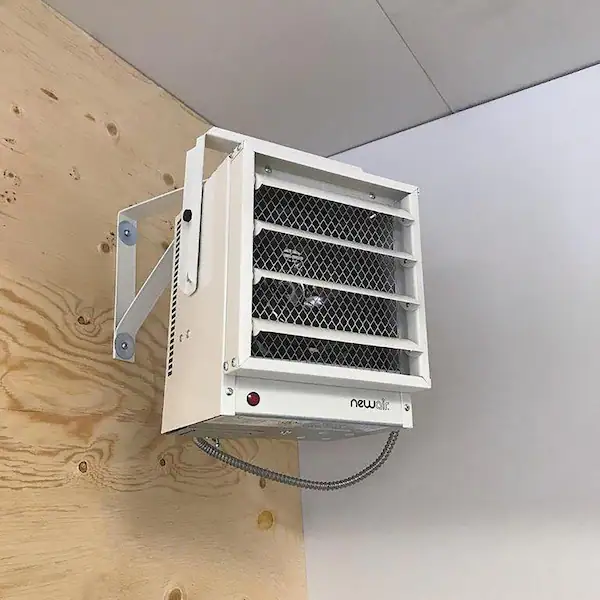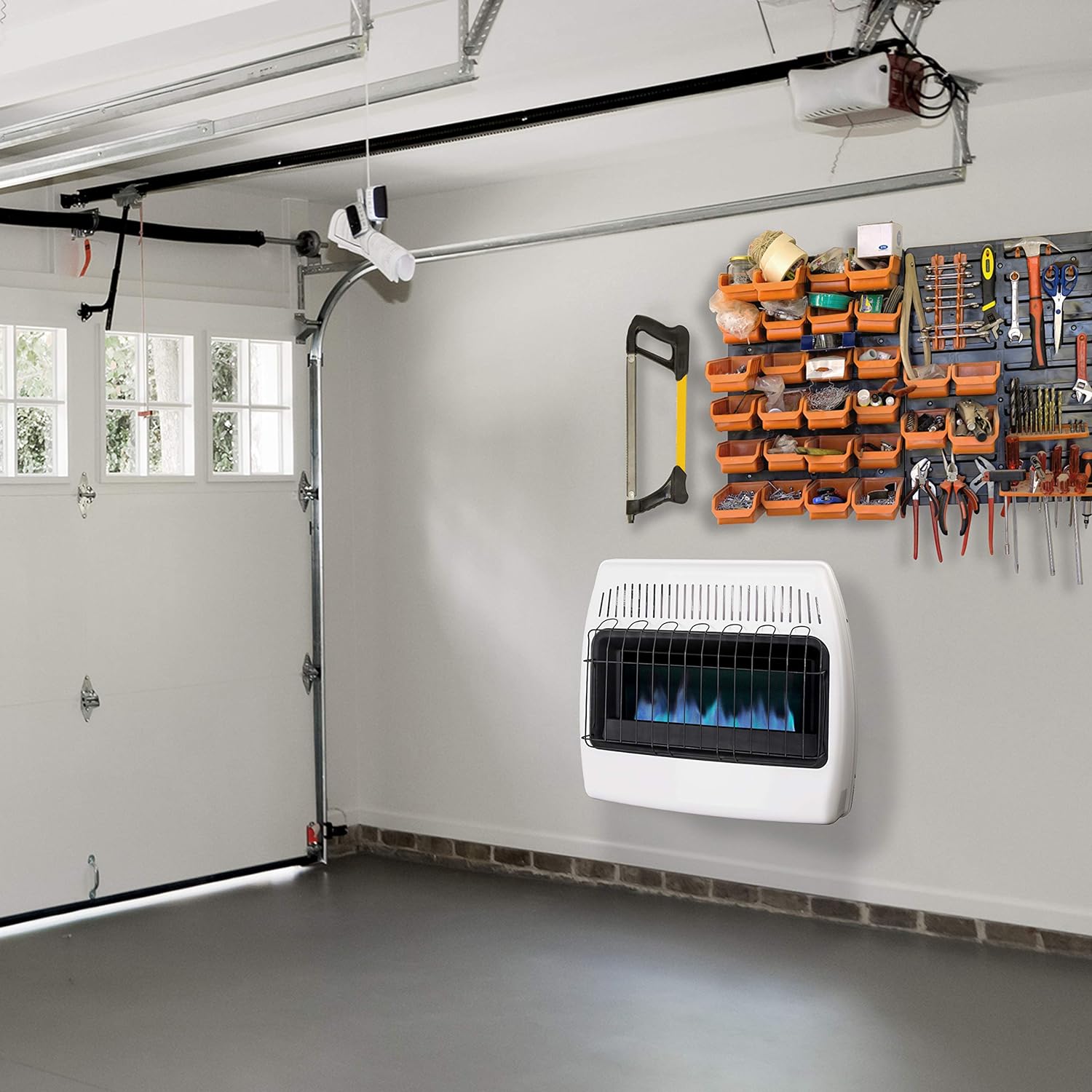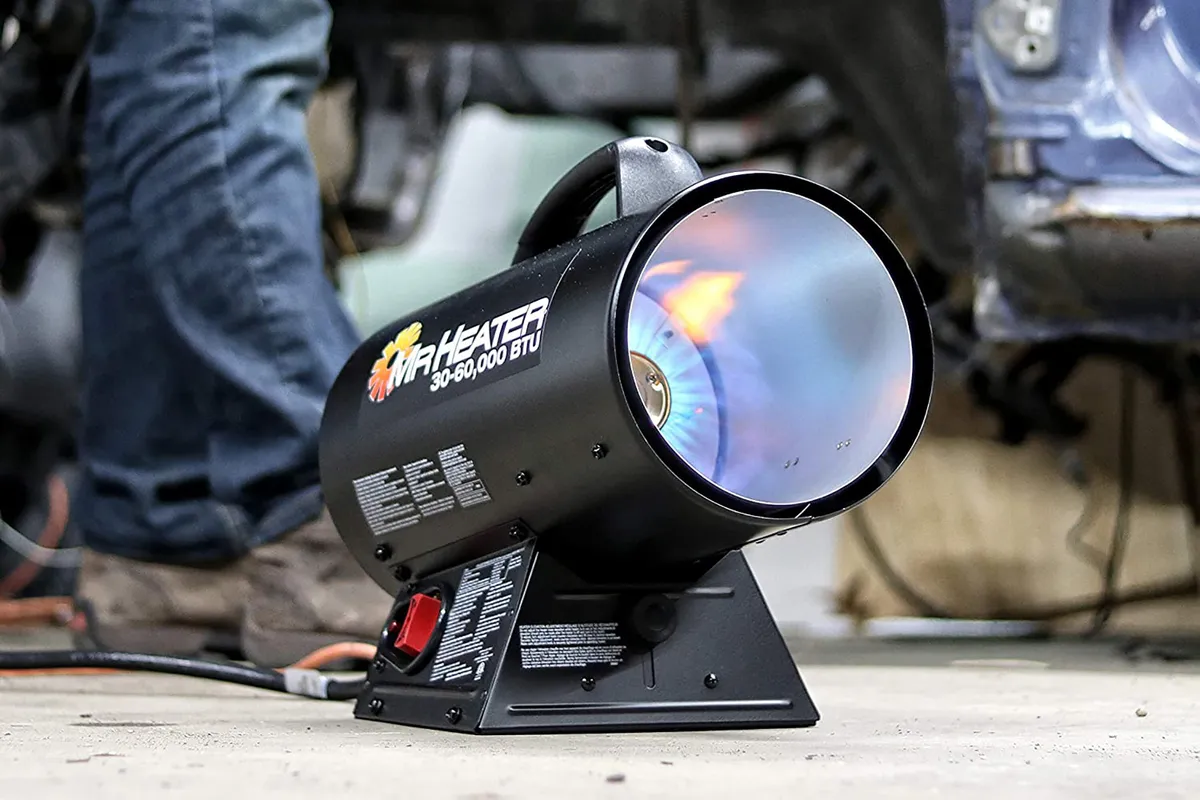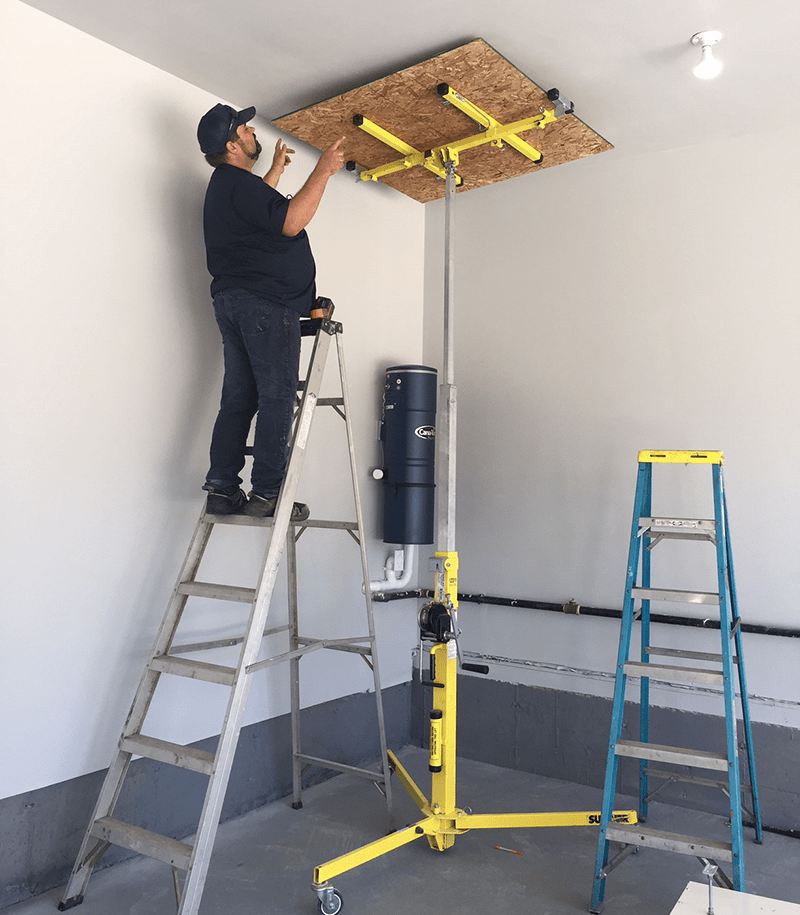A warm and comfortable garage is more than just a luxury; it is a practical necessity for many homeowners.
In this comprehensive guide, we will delve into the critical aspects of adding a heater to your garage and explore the factors that impact the overall cost of this essential upgrade.
However, the cost of adding a heater to your garage is not a one-size-fits-all equation. Several factors, including heater type, installation expenses, and long-term operational expenses, determine the cost of adding a heater to the garage.
Read the article to understand these factors and make an informed decision about your garage’s heating solution while staying within your budget.
Types of Garage Heaters
Your garage is more than just a storage space for vehicles and tools. It can serve as a workshop, home gym, or even an additional living area. However, these purposes can be greatly limited by extreme power temperatures.
Heating your garage not only ensures comfort but also protects your belongings and provides a safe environment for various activities, especially during chilly winters.
When it comes to heating your garage, there are several options to choose from, each with its advantages and considerations.
Understanding different types of garage heaters is essential to selecting the one that best suits your needs.
1. Electric Heaters

Electric garage heaters are known for their efficiency and ease of use. They are available in various sizes, from compact units for small spaces to larger heaters for more extensive garages.
Electric heaters are clean-burning and don’t produce fumes, making them a safe choice. However, they may have higher operational costs, depending on your electricity rates.
2. Gas Heaters

Gas-powered garage heaters, typically using natural gas or propane, are known for their quick and efficient heating capabilities. They are an excellent choice for larger garages and can maintain consistent warmth. However, gas heaters require proper ventilation to ensure safety and optimal performance. This often involves venting the garage heater through the wall, a critical step in the installation process to prevent the accumulation of harmful gases. It’s essential to follow proper guidelines or consult with a professional for this step to ensure the safety and efficiency of your heating system.
3. Radiant Heaters

Radiant heaters emit infrared heat, warming objects and people directly without heating the air. They are energy-efficient and provide rapid warmth, making them suitable for spot heating in specific areas of the garage.
4. Portable Heaters

Portable heaters offer flexibility and can be moved around as needed. They come in various types, including electronic, propane, and kerosene models. While they are convenient, they may not be the most cost-effective option for heating larger garages.
Cost Factors of Adding Heater to Your Garage

As mentioned above, when determining the cost of adding a heater to your garage, several key factors come into play. Understanding these elements will help you budget effectively and make smart choices.
1. Heater Type and Size
The type and size of heater you choose have a significant impact on the overall cost. Electric heaters are generally more affordable upfront, while gas heaters and larger units tend to have a higher initial investment. Consider the heating capacity needed for your garage’s size to strike the right balance between cost and performance.
2. Installation and Labor Costs
The installation process can vary in complexity, especially if you opt for a gas heater that requires venting. Professional installation is often recommended to ensure safety and compliance with local codes. Labor costs can contribute substantially to overall expenses, so it’s essential to factor this into your budget.
3. Energy Efficient Considerations
While energy-efficient heaters may have a higher upfront cost, they can lead to long-term savings on your electricity bills. Look for heaters with high-efficiency ratings, such as Energy Star certification, to reduce operational costs over time.
4. Additional Features and Accessories
The cost of your garage heater can also be influenced by adding features and accessories, such as thermostats, remote controls, and ventilation systems. While these can enhance convenience and performance, they may add to the total expense.
Estimating Costs of Adding Heater to Your Garage
Here’s a breakdown of the costs of adding a heater to your garage. This estimation will help you do effective budgeting. Electric heaters generally cost less upfront, with prices starting at $100.
Gas heaters can range from $200 to $2,000 or more, depending on size and complexity. Radiant and portable heaters fall in between, varying based on features and capacity. Additionally, installation costs vary but typically range from $200 to $2,000.
Gas heater installations may be on the higher end due to ventilation requirements. Always hire a professional for safety and compliance. Along with this, you should also expect operational costs, including electricity or fuel, to vary depending on usage and heater efficiency.
However, maintenance expenses are relatively low as it only involves filter replacement and cleaning over time. Keep these factors in mind, and you can make a comprehensive budget for your garage heating project.
Conclusion
In summary, adding a heater to your garage is a valuable investment, but it comes with various cost considerations. The cost of your garage heater depends on factors like the type and size of the heater, installation expenses, energy efficiency, and optional features. Electric heaters are often more affordable initially, while gas heaters may have higher installation costs.
We recommend choosing an energy-efficient model for long-term savings. To keep costs in check, consider DIY-friendly models if you are well-versed with the required skills. You should also check for local incentives or rebates for energy-efficient units.
Opt for zone heating or use a thermostat to regulate temperature efficiently, reducing operational expenses. Balancing cost with functionality is crucial. Remember, a well-informed decision will provide lifelong comfort and enhance your garage’s usability.










Comments